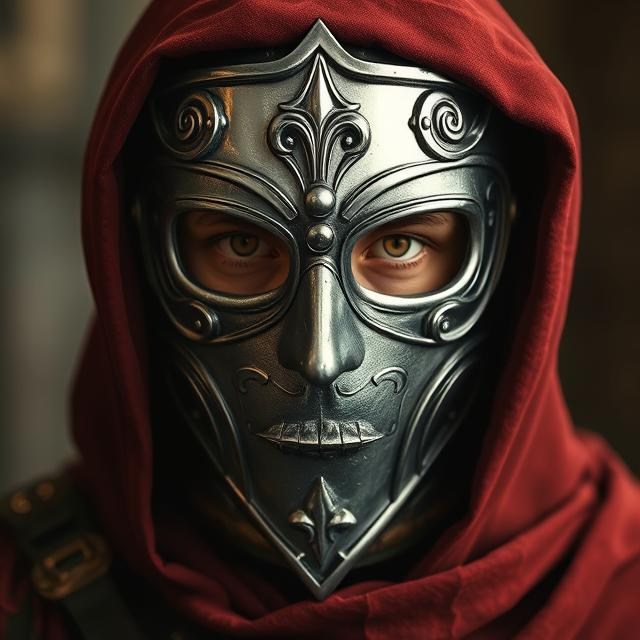Your cart is currently empty!
The Mystery of the Man in the Iron Mask

The Man in the Iron Mask is one of the most enduring mysteries in French history, a prisoner who was held in secret in the Bastille and other prisons during the reign of Louis XIV. The man’s identity has remained a subject of speculation for centuries, with theories ranging from political intrigue to royal secrets.
The Story of the Man in the Iron Mask
- The prisoner, who was kept in solitary confinement for most of his life, is most famously known as the “Man in the Iron Mask” because he was forced to wear a mask, sometimes said to be made of iron, though it might have been made of velvet or another material.
- He was imprisoned for over 30 years, from the early 1660s until his death in 1703. His identity was kept a secret, even from his jailers, and his condition sparked numerous theories and legends.
Historical Records
- The first known references to the Man in the Iron Mask appeared in the writings of the French philosopher and writer, Voltaire, who speculated about the man’s identity in the 18th century.
- He was mentioned in the memoirs of Louis XIV’s minister, Jean-Baptiste Colbert, and Madame de Maintenon, the king’s mistress. They referred to him as a prisoner whose identity could not be revealed.
Theories about His Identity
Over the centuries, various theories have been proposed to explain the identity of the Man in the Iron Mask, including:
1. The King’s Twin Brother
- One of the most popular theories is that the man was the identical twin brother of Louis XIV, kept in secret to prevent a rival claim to the throne.
- According to this theory, the man was born prematurely, and to protect the monarchy, he was imprisoned and hidden away from the public.
2. A Political Prisoner
- Another theory suggests that the man was a political figure who knew sensitive royal secrets or was a threat to the French crown.
- Some believe he could have been Eustache Dauger, a French nobleman or spy who was imprisoned due to his involvement in various plots against the monarchy.
3. Félix de la Maza and Other Royal Family Members
- Some theories propose that the prisoner was a member of the royal family, such as Félix de la Maza, an exiled nobleman whose identity might have been hidden for political reasons.
- Others speculate that he might have been a courtier or a military figure who had fallen out of favor with the king.
4. A Victim of Political Intrigue
- There is also the theory that the man was a victim of political intrigue, possibly a disgraced noble or a man associated with a failed conspiracy.
- Some historians suggest that he could have been the son of a nobleman who had been condemned to silence by the French court.
Voltaire’s Influence and Popularity
- Voltaire’s writings on the subject popularized the mystery, leading to widespread speculation about the prisoner’s identity.
- The intrigue surrounding the mask and his unknown identity became part of French legend, inspiring countless books, plays, and films.
The End of the Mystery
- In 1703, the Man in the Iron Mask died at the Bastille, and his real name and full story remain unknown.
- His mask was removed upon his death, but no definitive records exist of his true identity.
Conclusion
The Man in the Iron Mask remains one of the greatest mysteries in French history, with many theories but no definitive answers. His story continues to captivate the imagination, embodying the intrigue and secrecy of royal power during the reign of Louis XIV and fueling a longstanding fascination with political conspiracies and hidden identities.